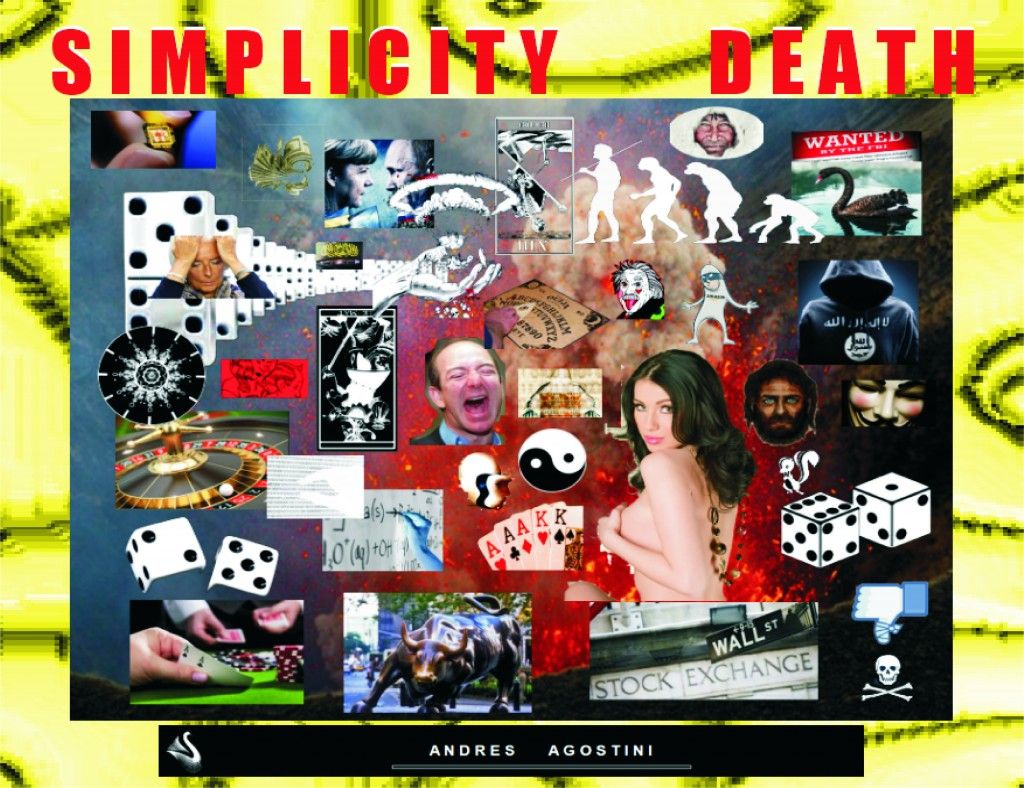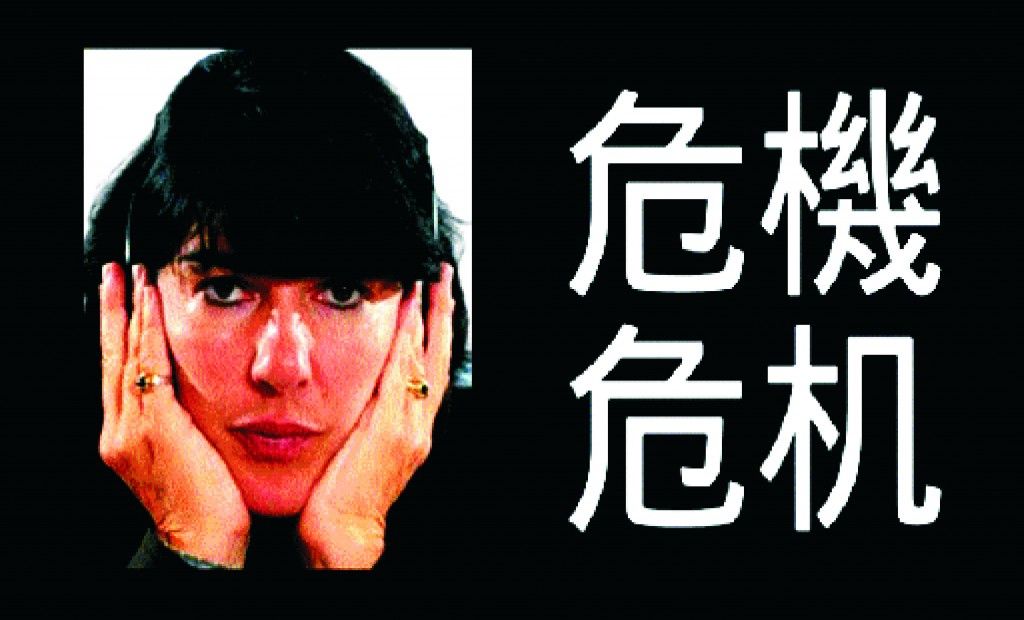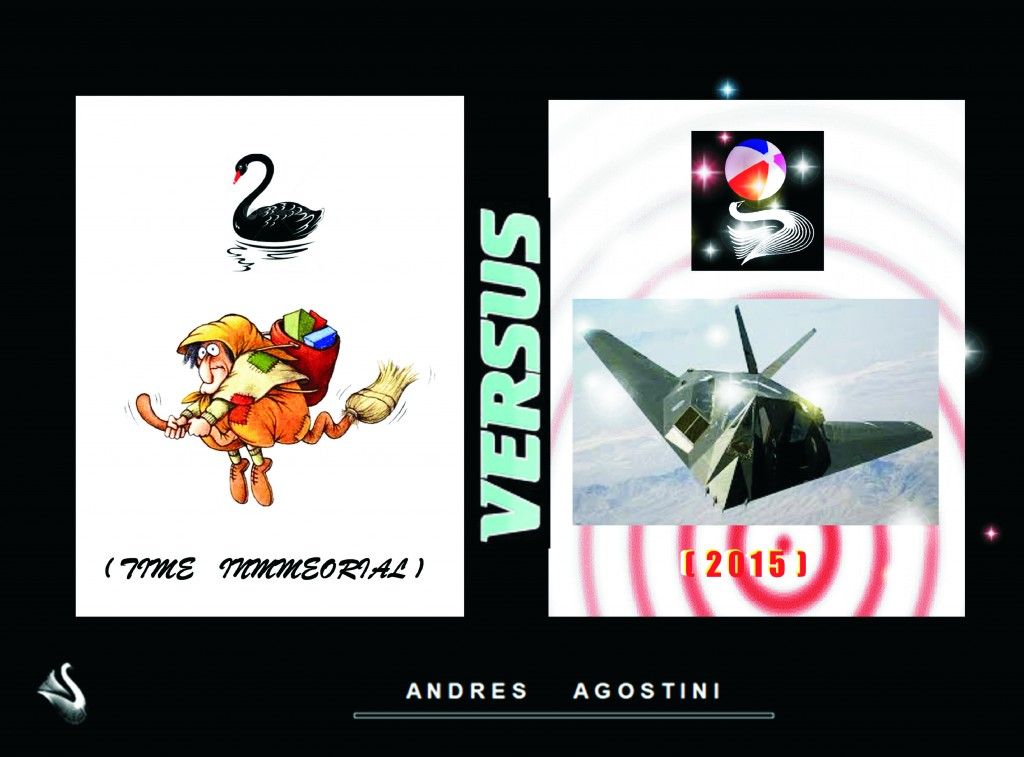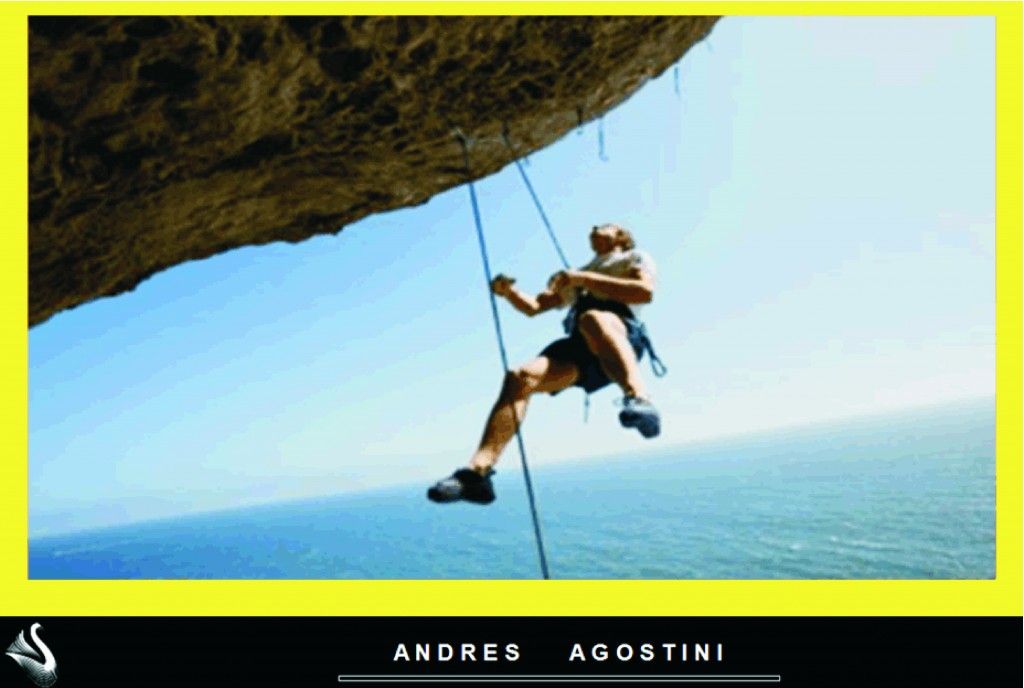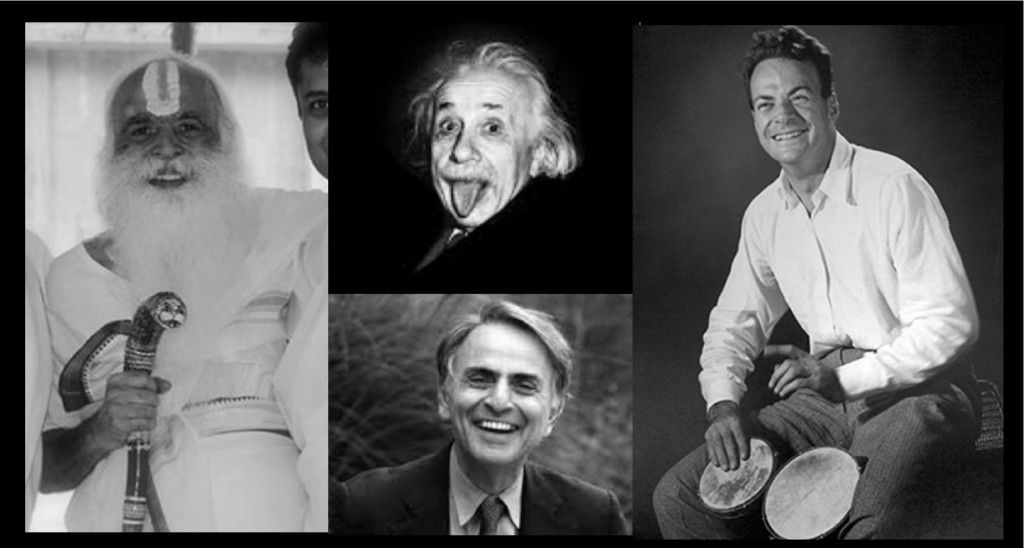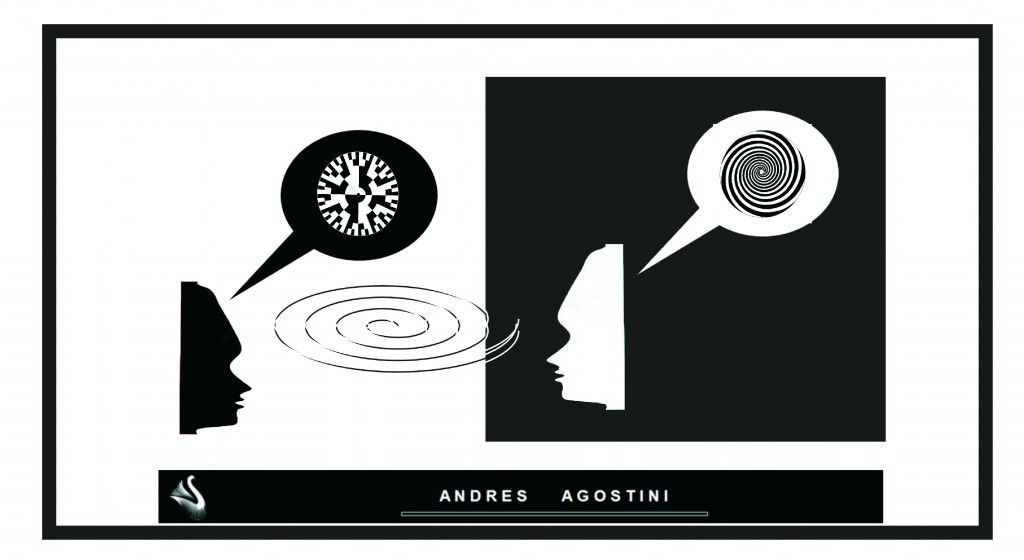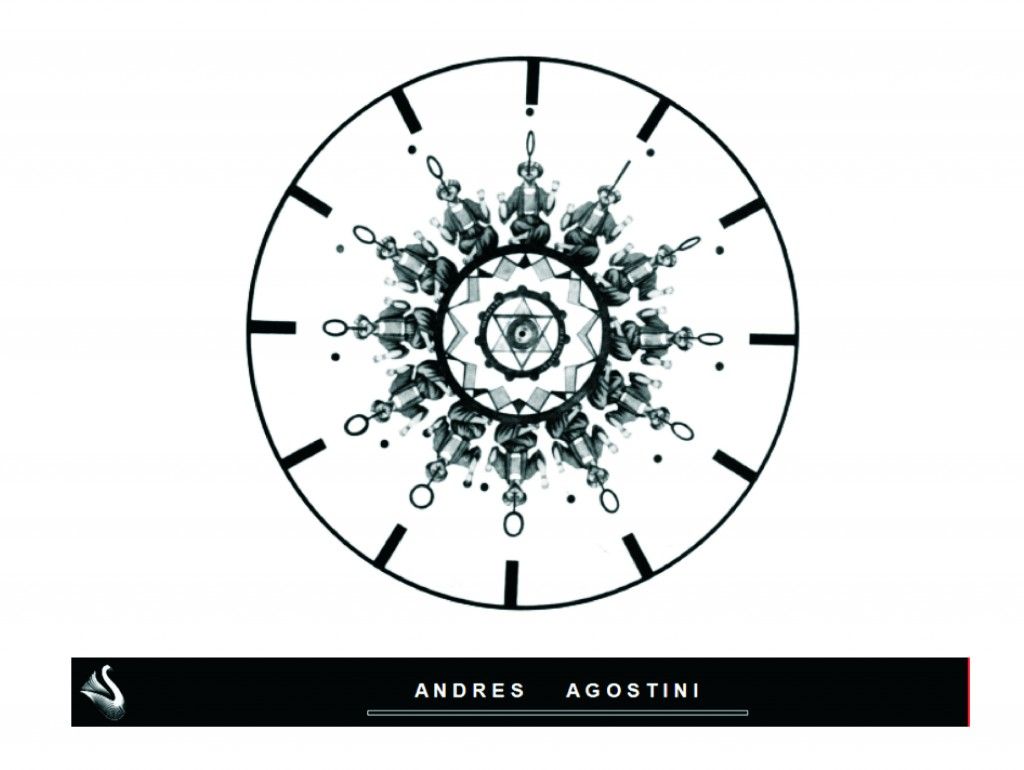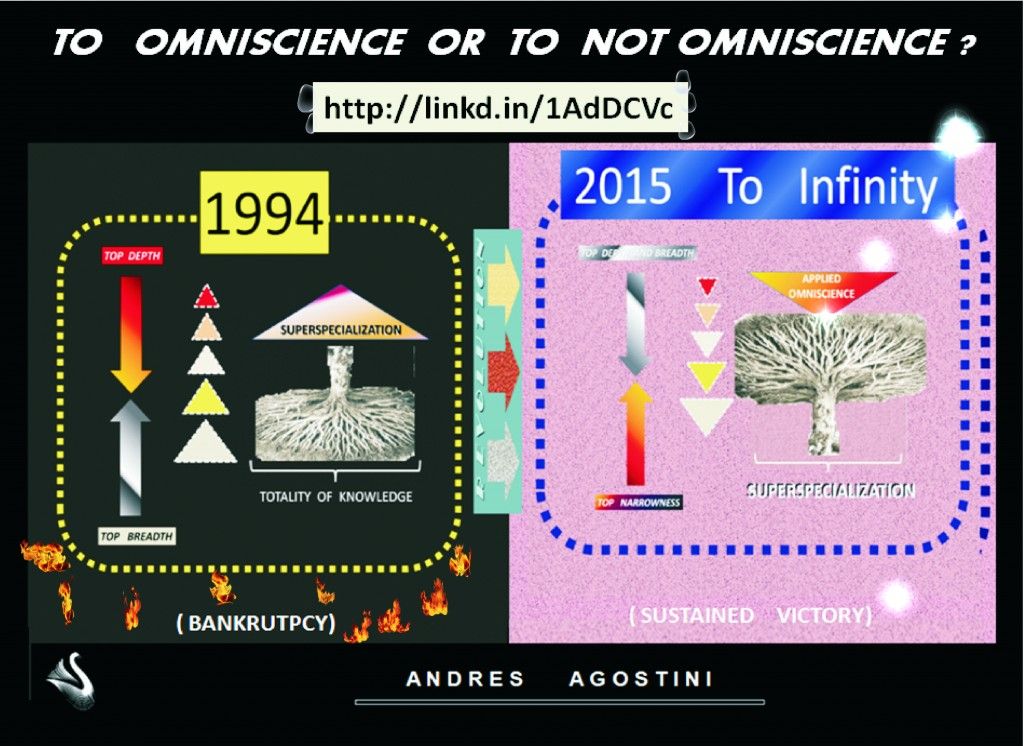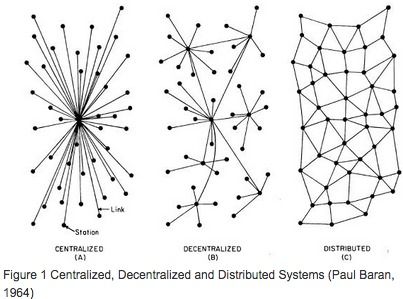I have admired Lockheed Martin’s SkunkWorks for a long, long time.

FORTUNATELY AND TO THIS PURPOSE, A LOCKHEED MARTIN SCIENTIFIC RESEARCHER AND ENGINEER WROTE:
” … Many businesses think today’s world is complicated and with technology rapidly changing, trying to figure out all the correct things to do is impossible, that it is better to just do what can be done, and adjust things when the result happens to be what is not expected. This is simply gambling where the odds for success and the liability of failure are getting worse by the day. The truth is the world is not complicated, just complex, and with complexity increasing at the same time technology is rapidly changing, the combination of the two conditions only seems complicated. The difference between complexity and complication is complexity can be logically addressed and accounted for such that proper risk management can then be applied and when the quality of the technology is assured early in the planning, analysis and design of the technical solution instead of only assuring it late in the development cycle, the integrated combination of these two scientifically validated methodologies can be used to reliably predict the expected outcomes. There is nobody better at applying the integrated combination of risk management and quality assurance than Mr. Andres Agostini or is there anybody that has more real world experience in doing so, and this includes solving some of the most wicked problems of some of the largest businesses throughout the world. If you are just gambling things work out, then I highly recommend you stop doing business dangerously and seek the assistance of Andres, the master of risk management and quality assurance, as well as reliability and continuous process improvement …”
ABSOLUTE END.
Continue reading “Lockheed Martin's SkunkWorks!” »
